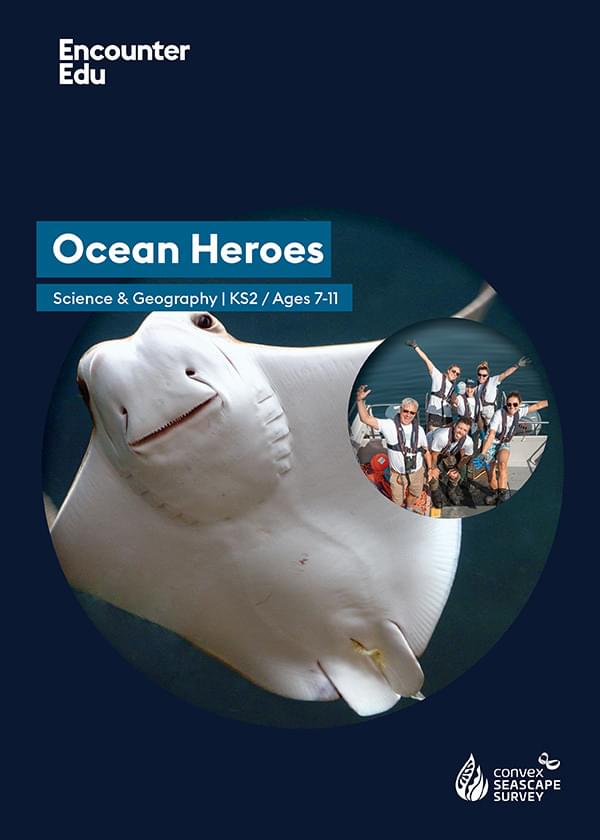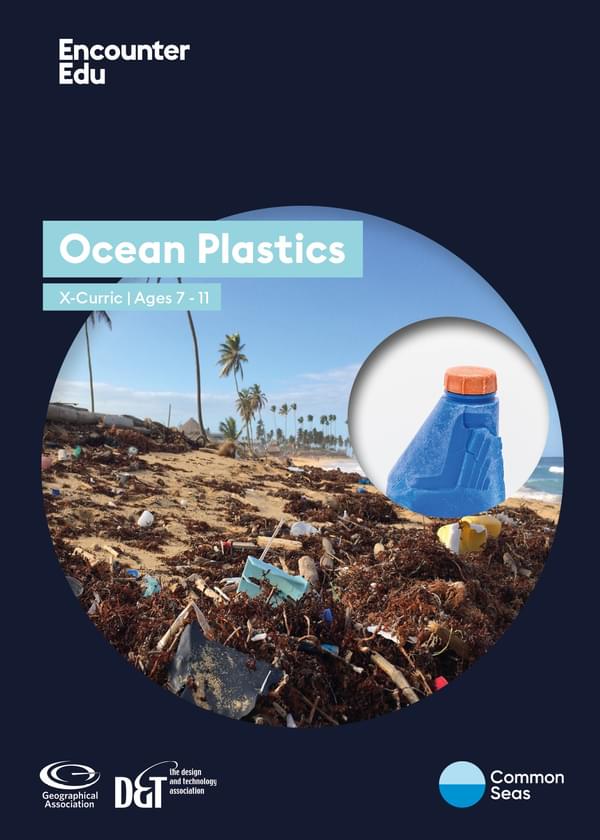How to teach food chains and webs
From tiny e-coli bacteria to giant blue whales, every living thing needs an energy source to survive. Food chains are simple, linear diagrams that show what eats what. But nothing in life is so straightforward, which is where food chains and webs come in handy.
Food chains
Food chains were first described in the Arab world during the 10th Century. They are a linear diagram that shows what eats what. The organisms can be displayed as text, pictorially, or both. The diagram generally moves from left to right moving up the feeding (trophic) levels of the food chain.
Sometimes the sun is displayed at the beginning of the food chain. This shows how light energy is transferred to chemical energy by primary producers such as plants. A series of arrows pointing in the same direction (left to right) show the movement of energy and nutrients through the ecosystem. Occasionally decomposers, such as fungi, are shown at the end of the food chain. These decomposers break down living things from big molecules to smaller molecules, like carbon dioxide and water.
Food webs
The concept of food webs became common knowledge when zoologist and ecologist Charles Elston published his book ‘Animal Ecology’ in 1927. Food webs are different from food chains. A food chain is linear whereas a food web shows multiple predator-prey relationships between organisms.
It can be useful to show learners a food chain and food web and ask them to identify similarities and differences. You can challenge students to consider, why might food webs be more useful than food chains?
Food webs show how living things are dependent on one another. In a food web changes in the number of one species can affect the number (population) of another species even though the two aren’t directly connected. This concept is interdependence when two or more living things depend on another one.
Top 5 misconceptions
- Organisms higher in a food chain or web eat everything that is 'lower' in the food chain or web.
Food chains or webs show what eats what. Many of the organisms linked in the food chain or web do not interact at all. - The top of the food chain has the most energy because it accumulates up the chain.
Organisms transfer energy to their surroundings in daily activities such as movement, generating body heat, reproduction, and excretion. This means that only a small proportion of energy and biomass remaining is transferred to the next (trophic) level. - Decomposers release some energy that is cycled back to plants.
Decomposers, like fungi and bacteria, break down living things from large molecules into smaller molecules, forming small molecules such as carbon dioxide and water. These can be reused by plants in the process of photosynthesis to produce food (glucose). This is the transfer of chemicals, not food or energy. This is part of the carbon cycle. - The number of producers is high to satisfy consumers.
The number of producers is high because of the availability of sunlight, water, and minerals. - Plants are dependent on humans, not vice versa.
Everything is dependent on the bottom level, which is normally formed by producers such as plants. If the number of producers decreased, all other feeding (trophic) levels of the ecosystem would reduce in size relative to the change on the bottom level.
Vocabulary
Biology is filled with lots of words that learners can find challenging. Before starting to look at food chains or webs it is important that learners feel familiar with the keywords. This can be achieved through a series of card-sorting activities. For example, introduce new keywords as category titles then ask students to sort picture cards into the correct category.
Ages 5-7
Herbivore
An animal that feeds on plants.
Carnivore
An animal or planet that feeds on animals.
Omnivore
An animal that feeds on both plants and animals.
Predator
An animal that eats other animals, e.g. a manta ray is a copepod predator.
Prey
An animal that is eaten by another animal, e.g. a rabbit is the prey of a fox.
Ages 7-11
Producer
A living thing that produces energy via photosynthesis, e.g. algae is a producer because it creates energy from sunlight, carbon dioxide, and water rather than eating something else.
Photosynthesis
The process by which producers create sugar (and therefore energy) from carbon dioxide and water using sunlight.
Consumer
A living thing that relies on feeding on other living things for its energy, e.g. a shark is a consumer because it eats fish, or a sea urchin is a consumer because it eats algae.
Ages 11-14
Organism
An individual living thing such as an animal, plant, or single-celled life form.
Primary consumer
An organism that feeds on a producer. For example, a sea snail that eats seagrass (kelp).
Secondary consumer
An organism that feeds on a primary consumer. For example, a crab eats sea snails.
Tertiary consumer
An organism that feeds on secondary consumers. For example, octopi eat crabs.
Chemosynthesis
A process where food (glucose) is made by bacteria using chemicals as the energy source. For example, bacteria near deep ocean thermal vents can convert chemicals released at the vent into glucose.
Ages 14-16
Trophic levels
This is the position an organism has in the food chain or web. For example, apex predators would be on the highest trophic level as it is not consumed by anything else. Whereas, producers would be on the lowest trophic level as they do not consume anything else.
Biomass
Amount of organic material measured in grams of dry mass per square meter (g/m2).
Pyramid of Biomass
This is a diagram representing the amount of biomass within a habitat. The biomass of each trophic level is displayed ascending from the bottom to the top of the food chain. Generally, this gives a pyramid shape.
The efficiency of biomass transfer
Organisms need to fulfill different functions to survive such as moving, reproducing, and excreting. This means that not all the biomass on one trophic level is converted to the next. You can calculate the efficiency of biomass transfer by dividing the biomass of one trophic level by the previous and multiplying by 100.

Science / Geography | Ages 7-11
Ocean Heroes
The Ocean Heroes unit for KS2 takes classes on a journey across different ocean habitats exploring the themes of climate change, nature, conservation, and what it takes to become an ocean hero. This unit is inspired by the work of the Convex Seascape Survey which is an international science project exploring how the ocean can be an ally in tackling climate change.
